What type of content do you primarily create?




This article originally appeared in Episodes, our newsletter. If you'd like insights on workflow and craft (like these) in your inbox every two weeks, you can subscribe here. Or listen to the audio version read by Ashley's Overdub Voice.
It’s nice when creative principles are hard and fast: your show should have a unique and recognizable name. Your audio should be as crisp and clear as you can make it.
But others are completely subjective: some experts will say you have to tell listeners exactly what they’re getting in the first 60 seconds, but a This American Life episode might go 10 minutes before revealing the theme.
The rules around music sit way down at the subjective end of the spectrum, too. In fact, when I reached out to a bunch of sound designers and producers, most struggled to articulate exactly how and why they use music in a given moment. It’s more about judgment than rules.
“My greatest instrument is my intuition and my emotions,” says Leon Morimoto, senior audio producer and composer for Snap Judgment Presents: Spooked. “I have to feel what the storyteller is trying to communicate before I can pass that along to listeners.”
The good news, as we’ve said in this newsletter before, is that intuition can be learned. And there are a few guidelines that sound designers and composers follow when weaving music into their shows. Following those is a good place to start.
Theme on
As you probably know, your standard podcast episode has two types of music: a theme song and a score. The theme sets the emotional tone for your show — it should be memorable, “like a blanket,” Leon says. “Warm and familiar.”
Your score is the music you play mid-episode, as an interlude between segments or thrumming under dialogue for dramatic effect. It should be the opposite of memorable. It's there to guide the emotional arc of the story or deliver listeners from one topic to the next — not to stick in a listener’s head.
“Smarter people than me have said they like to use it as punctuation,” says Steve Bone, senior sound designer and engineer at Vice Media. Like punctuation, music signals what’s ahead and illuminates what came before: maybe it’s a transition from one scene to another or a particularly emotional line of dialogue.
Choices carry
First, the obvious: make sure you have permission to use any music you include in your podcast. There are a million websites that provide legal music tracks either for free or for a reasonable monthly subscription. For more on that, check out this webinar from last year.
When selecting tracks, “I’m often thinking about a time and place: Where is this story taking place? What individuals are present? From whose perspective are we hearing the story? What era are we in?” says my colleague Kevin O'Connell, a Descript product specialist and veteran podcast producer. If there are specific instruments or sounds associated with those details, start there.
In addition to the time, place, and emotion of the music, you’ll want to make sure of two things: the music should be cohesive, and it shouldn’t get in the way of the dialogue.
Cohesion can mean a lot of things: maybe all the tracks you choose use acoustic instruments, or they all have a computer-generated MIDI feel. Mostly, it’s instinct: when you listen back, do the musical choices sound like they fit together?
You also need to be sure your music doesn’t distract from your dialogue. This generally comes down to instrumentation. Lead instruments like violins, trumpets, and obviously vocals tend to compete with the frequencies of your speakers’ voices and can make it hard for a listener to focus on what’s being said.
What if there’s a track that fits your moment perfectly, but the instrumentation interferes with the dialogue? There’s an easy fix, and it’s called a stem.
Us & stem
Stems are the individual instrument tracks in a piece of music — you might have one for the bass, one for the drums, another for the piano chords, and a final one for the melody.
The magic of stems is that you can mix and match them to produce the sonic texture you want, effectively creating a custom composition for any moment in your episode. And they’re easy to get: Many royalty-free music platforms provide the individual stems for each selection.
If a music track is too busy for the dialogue it’s supporting, you can use a small handful of stems beneath it and leave out the melody entirely. If you’d like to create the sense of a through-composed soundtrack where themes keep coming back in different ways, you can use stems from the same track in different combinations at different points in your episode.
Even though Vice has composers like Steve to create original music for their podcasts, he says producers will still use stems from those compositions to create something new — and those new creations are often unrecognizable from the composition he’s familiar with. Creative use of stems can make one piece of music set a surprising variety of tones and moods.
Exit music (for a podcast)
Because music is powerful, you can overdo it if you’re not careful.
“Music is never really background,” says Andrew Roth, owner of Roth Audio Design in San Francisco. “The brain knows that it’s there. So unless you really mean for it to say something at that point, there’s no point in having music.”
Here’s where our experts told us not to use music:
- Moments that require a listener’s attention. If a storyteller arrives at a pivotal scene or an interview subject utters a statement that changes everything, leave the music out.
- Long stretches of narrative. Music is especially effective at signaling segues and breaks in the story. Don’t confuse the listener by putting music under a five-minute segment on a single topic.
- The end of a pivotal scene. Music helps to elevate a story’s climax and get the listener’s heart racing — but when a dramatic or intense scene concludes, wait a few beats before the music comes in, so the listener can process what they just heard.
How do you know you’re overdoing it? It’s all in the ears — ideally, someone else’s. Get a friend to listen through your episode and tell you where the music works and where it doesn’t. “We say fresh ears are the best ears,” Steve says.
But if you’re just starting out, don’t worry about overdoing it. In fact, Leon recommends that beginners jam in every piece of music they want, then listen back and take out anything that feels like overkill. After all, it’s much easier to remove music from an episode than it is to add more.
For more on adding music to your podcast in Descript, check out this video tutorial.



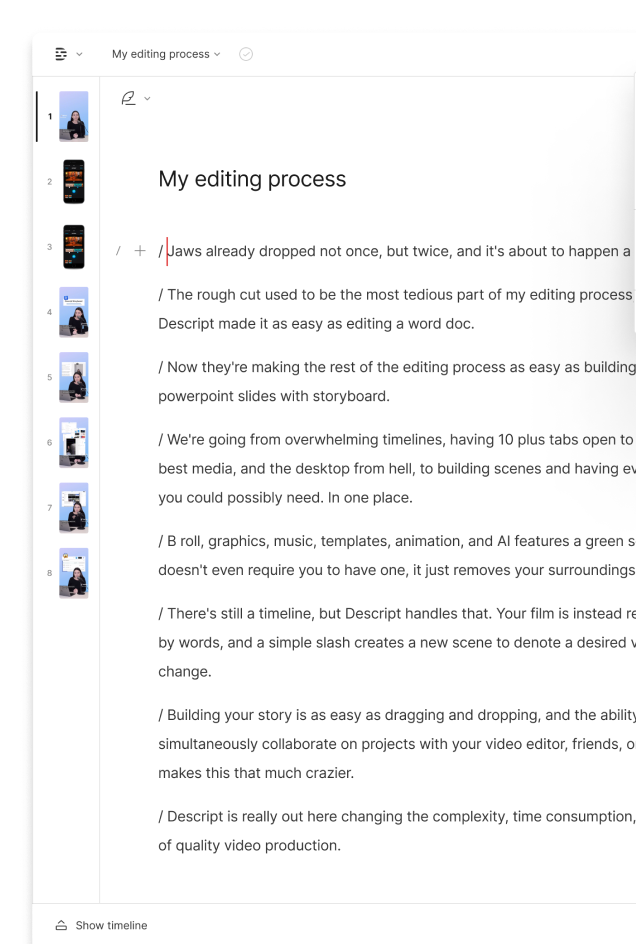









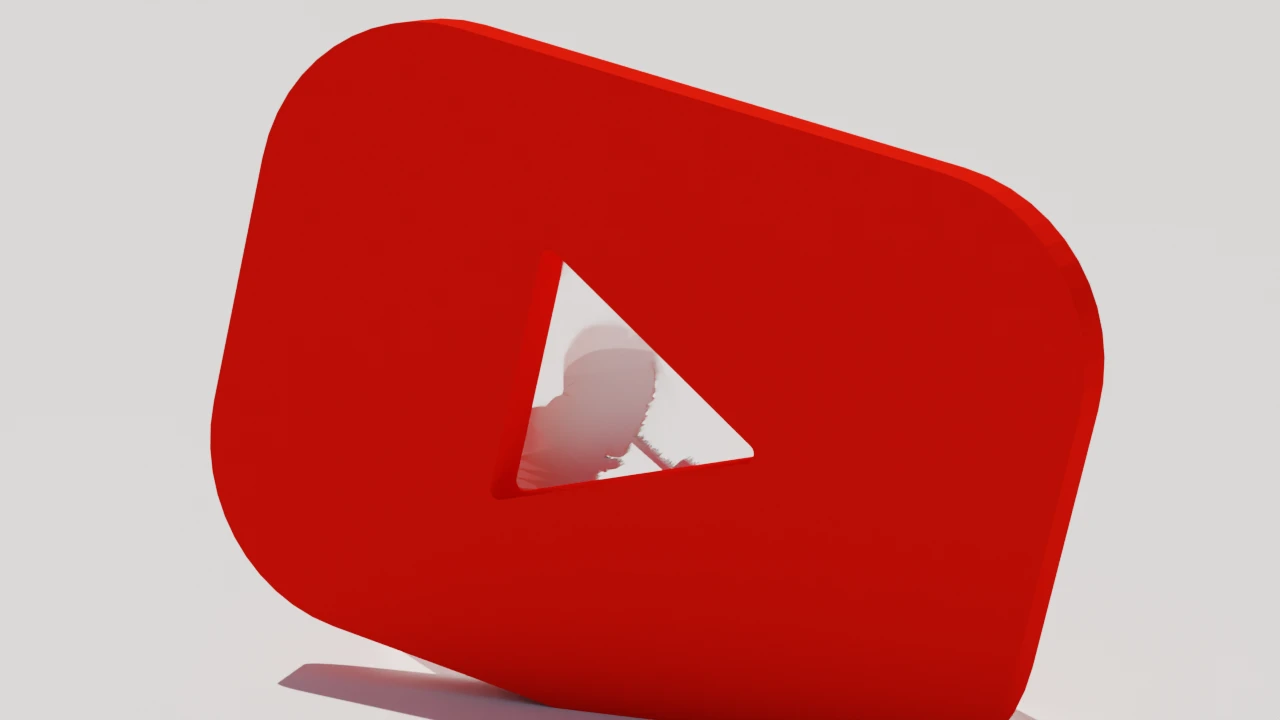
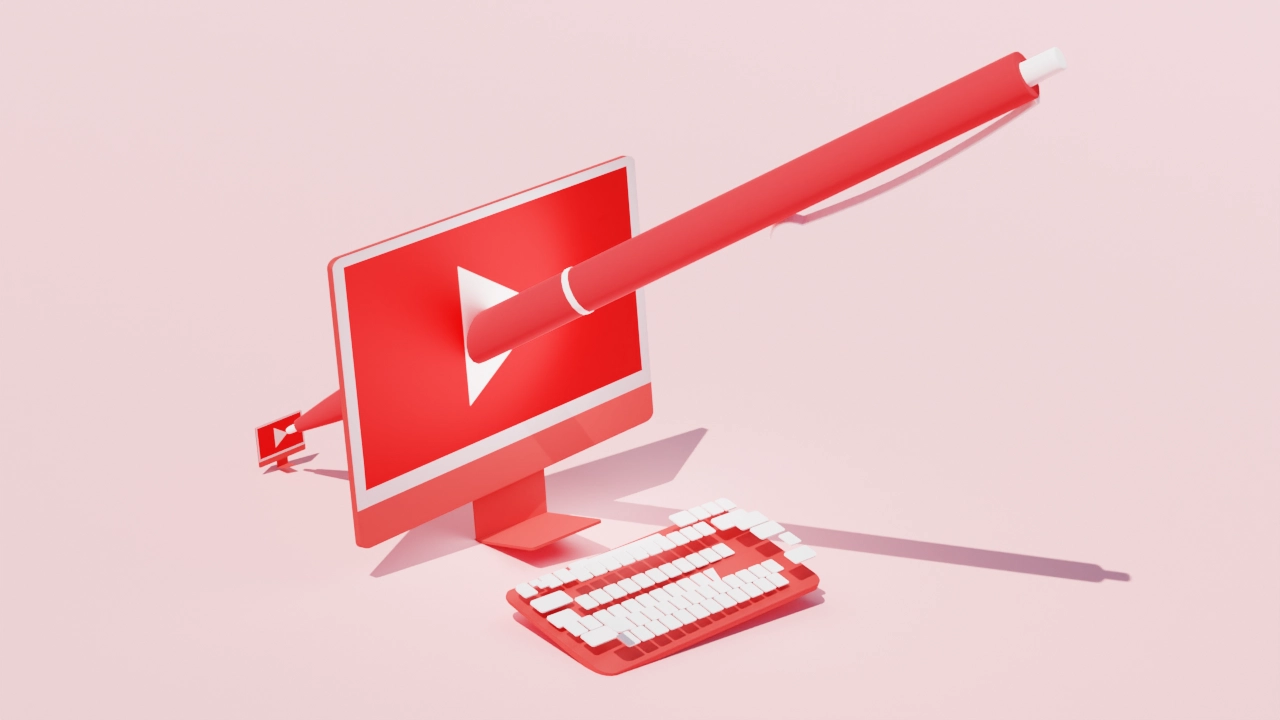


















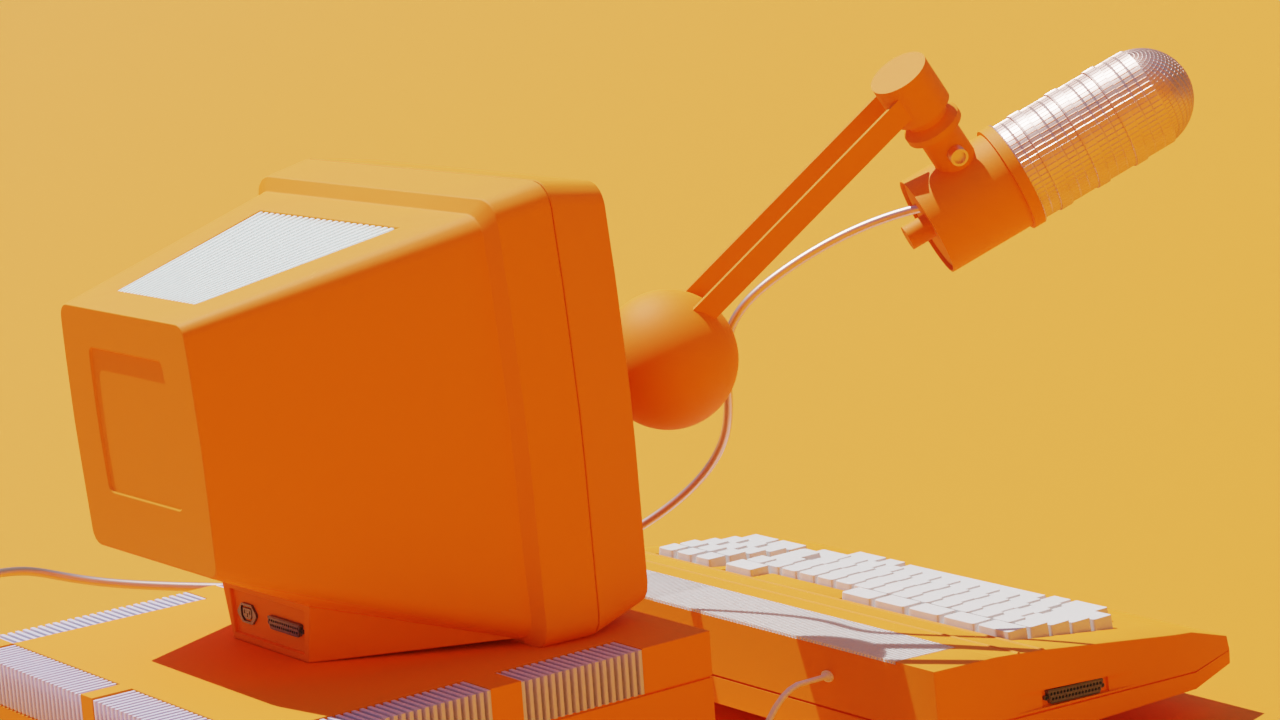

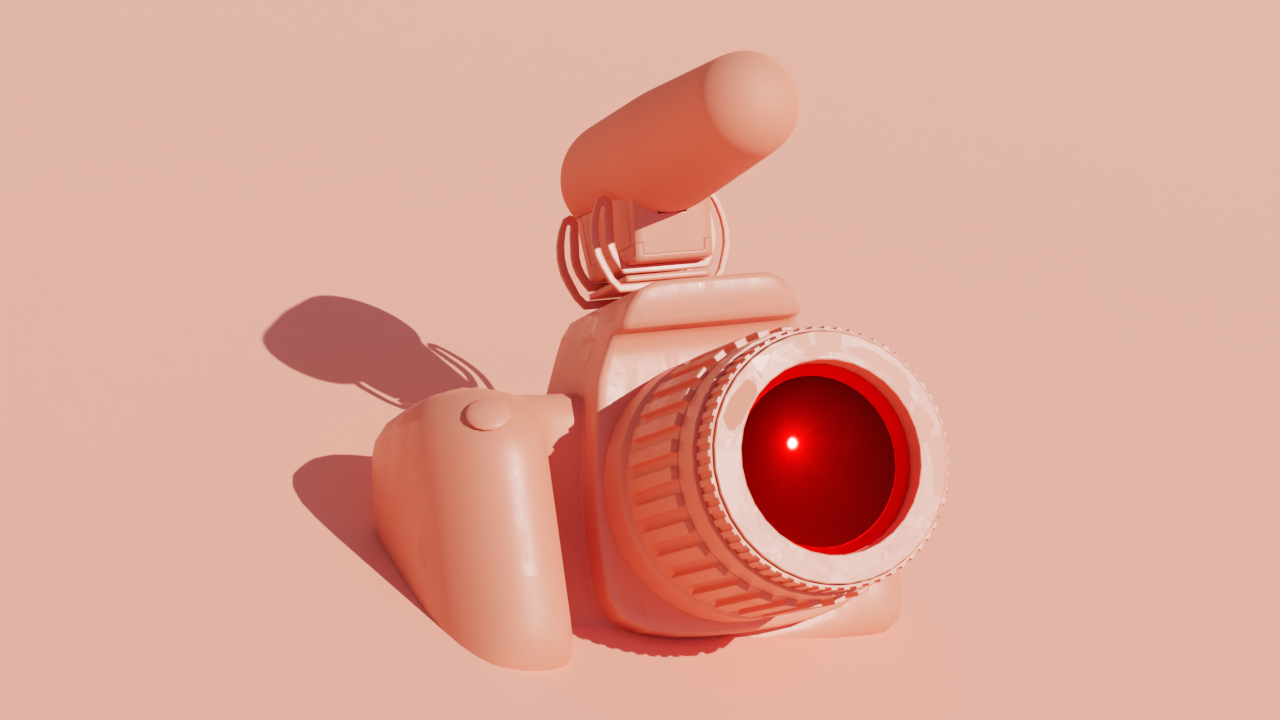



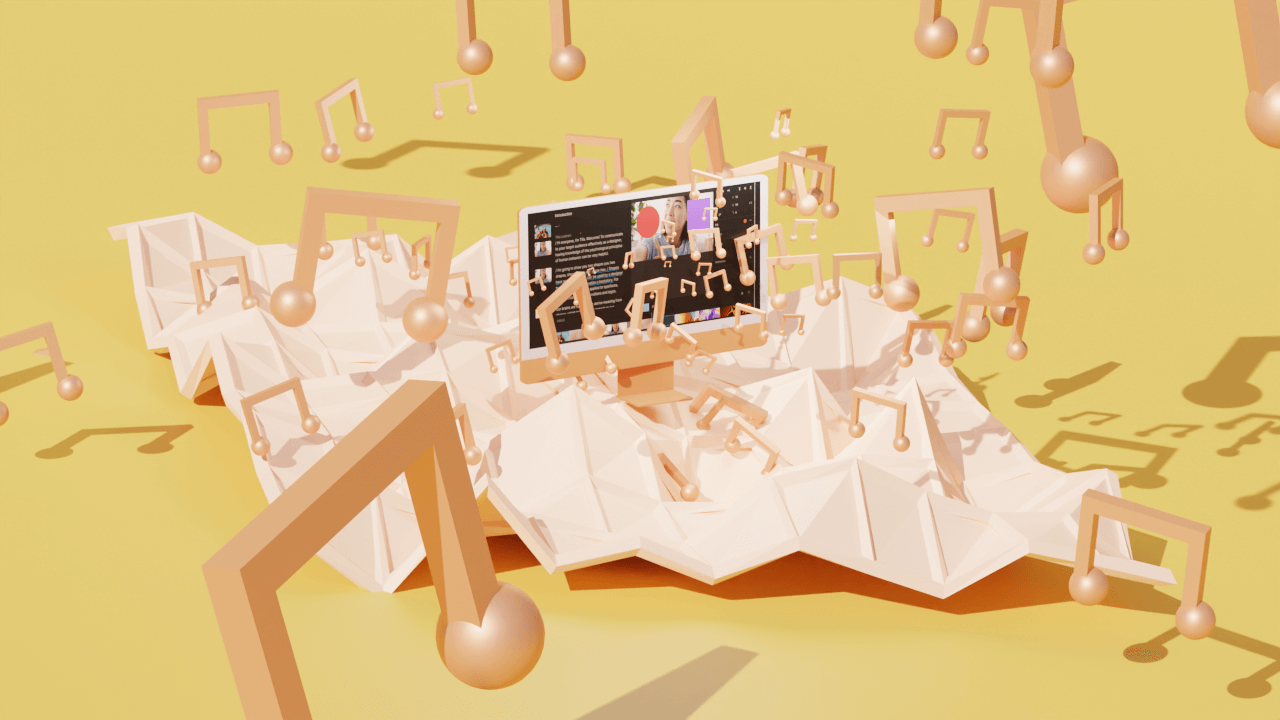

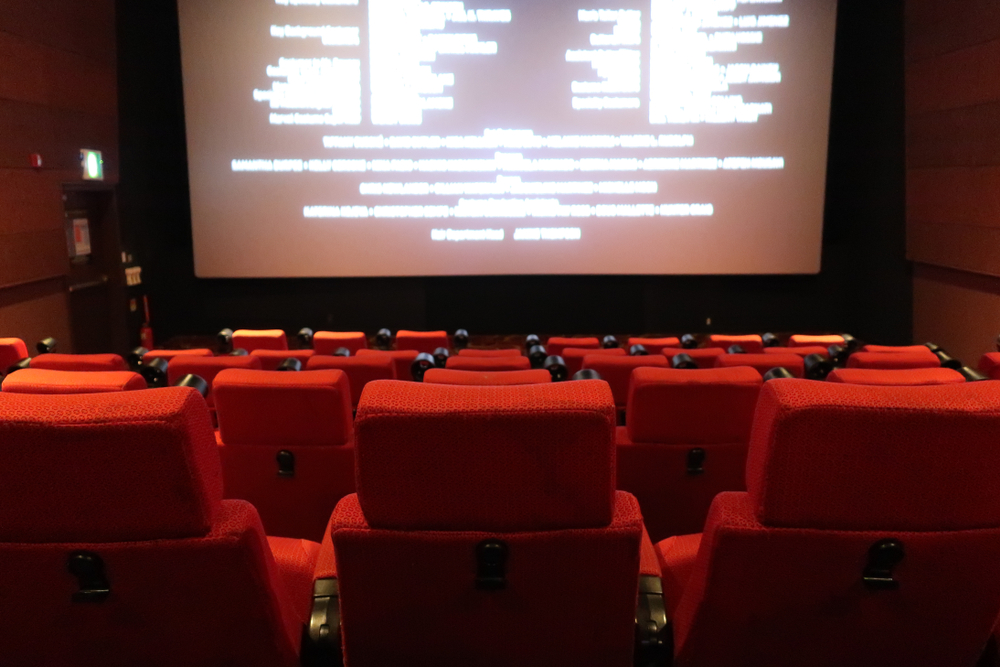

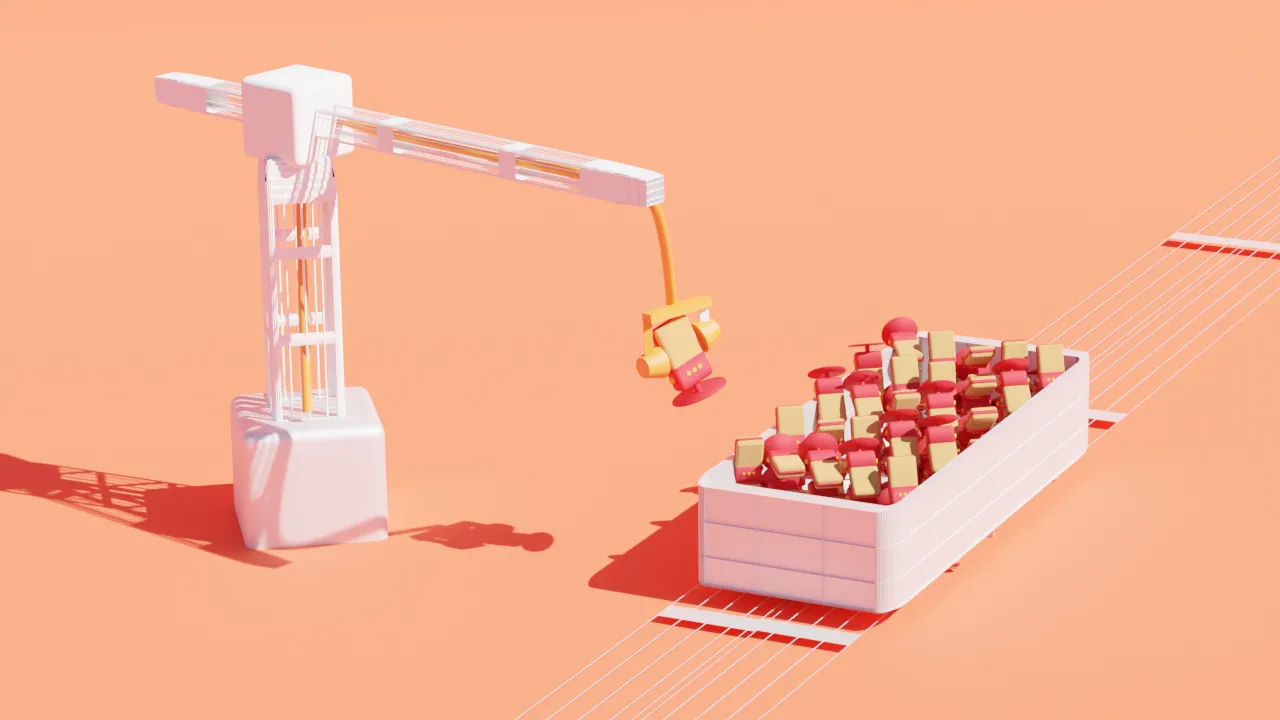



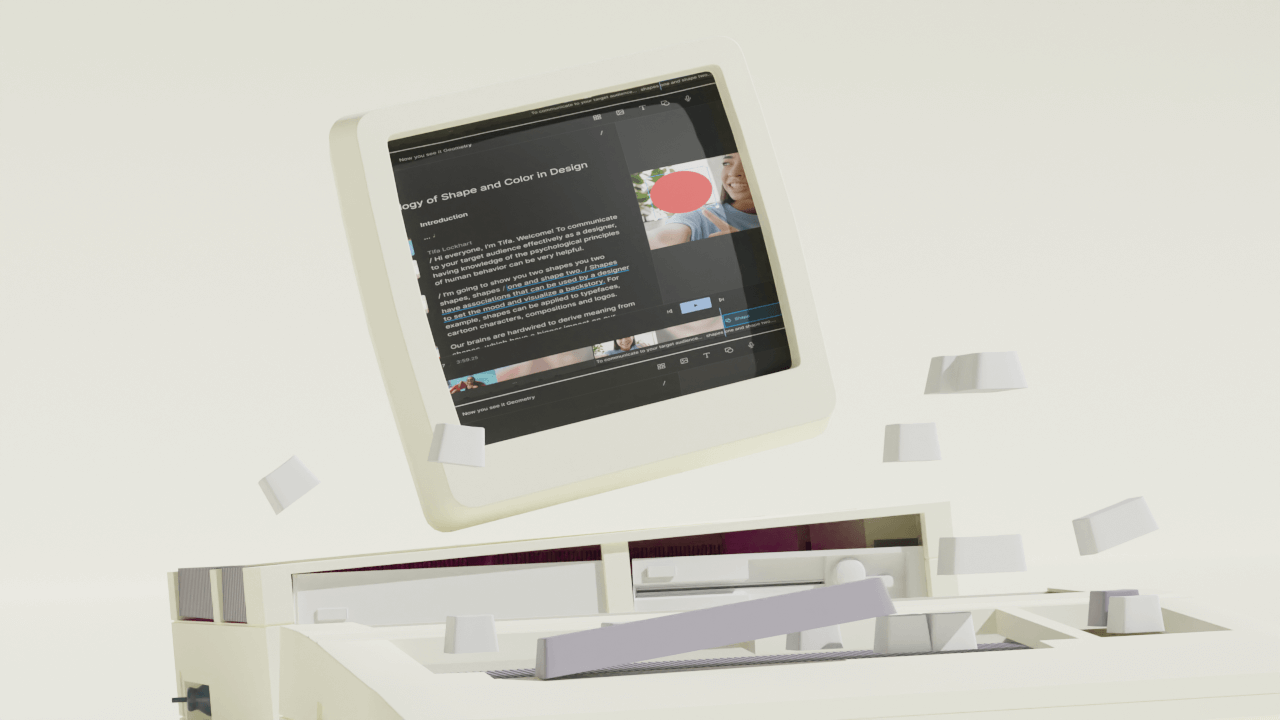
.jpg)

